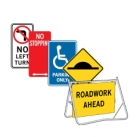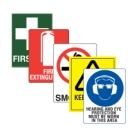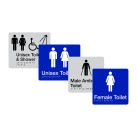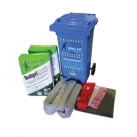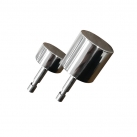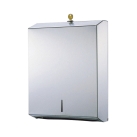How are Tactiles Installed? Understanding the Process Step by Step
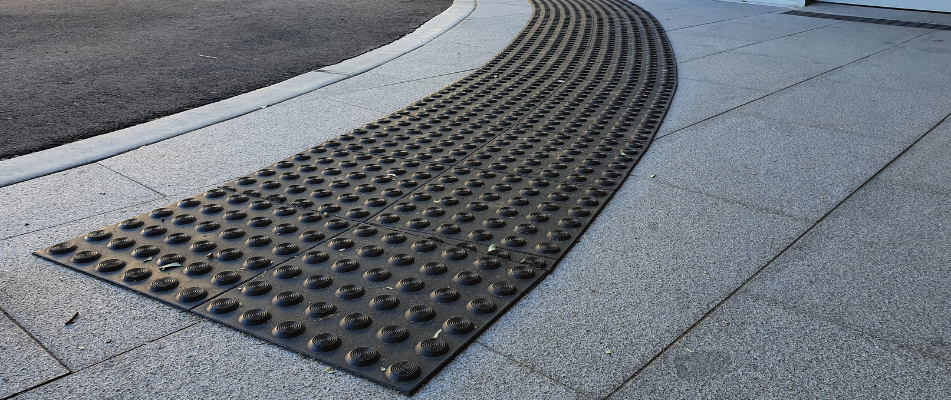
It's a question that many facility managers, urban planners, and even curious passersby have posed: "How are those ground surface indicators, known as tactiles, installed on pavements and platforms?"
If you've ever found yourself pondering this or if you're considering adding tactile indicators to a public or private space, this article is for you.
What are Tactiles?
Before diving into the installation, let's quickly define tactiles. Tactiles, often referred to as "tactile indicators", "tactile warning surfaces", or “TSGIs” are ground surface indicators that help provide tactile information to pedestrians. They are commonly used to assist visually impaired individuals in navigating public spaces. Tactiles can be felt underfoot or by using a cane, offering cues about the environment and potential hazards ahead.
There are primarily two types of tactiles:
- Warning tactiles: These are usually raised studs or dots and are used to alert visually impaired individuals to a potential hazard ahead, such as a street crossing, stairway, or a change in surface level. They can be found at train platform edges, pedestrian crossings, and the top and bottom of staircases and ramps.
- Directional or guiding tactiles: These consist of raised parallel lines and guide visually impaired people along a path, indicating the safe direction of travel. They are often found in train stations guiding from entrances to platforms or in public areas to show routes to specific amenities, such as bus stops.
Tactiles can be made of various materials, including stainless steel, rubber, ceramic, concrete, and polyurethane. The choice of material usually depends on the environment and the type of foot traffic expected. The design and usage of tactile indicators are standardised in many countries to ensure consistency and reliability for visually impaired individuals, making it easier for them to navigate unfamiliar places safely.
The Installation Process
Installing tactiles involves careful planning and attention to detail to ensure they serve their purpose effectively and meet accessibility standards. Here's a general step-by-step guide to installing tactile indicators:
Selection of Tactiles:
- Choose tactiles suitable for the environment, considering factors such as indoor vs. outdoor installation, expected foot traffic, and potential exposure to elements.
- Decide on the material (e.g., stainless steel, polyurethane, ceramic) based on the installation site and aesthetic preferences.
Planning and Layout:
- Review local regulations or standards governing the placement, size, and spacing of tactiles. Australian Standard AS/NZS 1428.4.1:2009 sets out requirements for the design and application of tactile indicators for new building work. Area Safe’s Poly Tactile Positioning Templates will ensure that your installation meets the Australian Standard.
- Measure and mark the area where the tactiles will be installed. Consider the direction of travel and potential hazards.
Preparation of the Surface:
- Ensure the surface is clean, dry, and free from debris or any loose material. This is a vital step, regardless of the type of tactile being installed.
- For certain types of tactiles, you may need to prepare the surface further, such as by grinding, sanding, or priming.
- When installing tactiles on a new concrete surface, ensure that the concrete has fully cured before installing.
Installation:
- For Tactile Pads or Plates:
- Apply a suitable adhesive to the back of the tactile or the surface, depending on the manufacturer's recommendations. Area Safe recommend using a two part tactile epoxy.
- Position the tactile on the marked spot.
- Press down firmly, ensuring complete contact with the surface.
- Allow the adhesive to set as per the recommended curing time, which is typically 24 hours or more, during which it should not be subjected to traffic.
- For Acrylic Peel and Stick Tactiles:
- Simply peel the backing from the self-adhesive based.
- Position the tactile.
- Press down firmly, ensuring complete contact with the surface.
- You’re able to walk on it immediately.
- For Tactile Studs:
- Drill holes at the marked spots according to the size and depth specified by the manufacturer and relevant standards. Area Safe stock Poly Tactile Positioning Templates to allow perfect positioning of tactile studs, to meet Australian Standards.
- Apply adhesive in the hole, if required.
- Insert the tactile, ensuring it's level with the surface or slightly protruding as per specifications.
- Allow any adhesive to set based on the recommended curing time.
Finishing:
- Clean any excess adhesive or residue from the surface.
- Check the alignment and spacing of the tactiles to ensure consistency.
Post-Installation:
- Avoid walking on the tactiles until the adhesive has fully cured, which could range from a few hours to 24 hours or more, depending on the product (excluding peel and stick tactiles).
- Inform the public, especially visually impaired individuals, of any changes to previously familiar environments.
Why Proper Installation Matters
The correct installation of tactiles isn't just about adherence to standards; it's about ensuring accessibility and safety for all pedestrians, especially the visually impaired. Properly installed tactiles empower individuals to navigate with confidence, knowing that the environment around them has been designed with their needs in mind.
The intricate process of installing tactile indicators is a combination of technical precision and a commitment to public service. By understanding and respecting this process, we take a step closer to building inclusive and accessible spaces for everyone. So the next time you walk over those small, studded tiles, remember the careful planning and installation that went into placing them there.
Though Area Safe doesn’t provide tactile installation services, our friendly team is on hand to answer questions and offer guidance for a seamless installation. Reach out to us at www.areasafe.com.au.
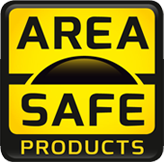
 Speed of Service
Speed of Service Easy Systems
Easy Systems Product Designs & Developers
Product Designs & Developers Car Park Protection
Car Park Protection 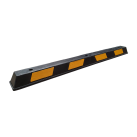
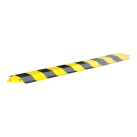


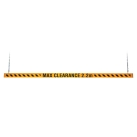

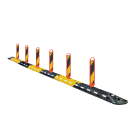
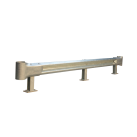

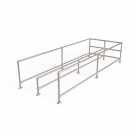
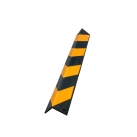
 Industrial Safety
Industrial Safety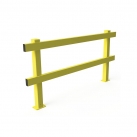
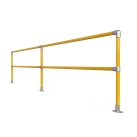


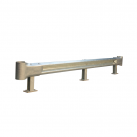
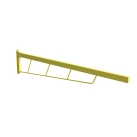
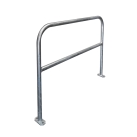
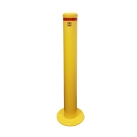
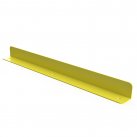

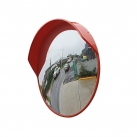
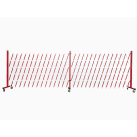
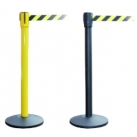

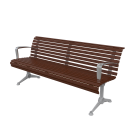 Urban Furniture
Urban Furniture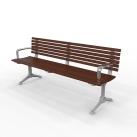
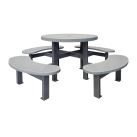
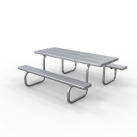

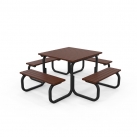
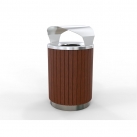


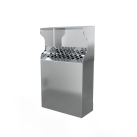
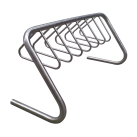
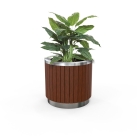
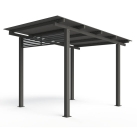
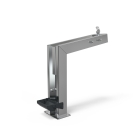
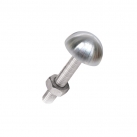
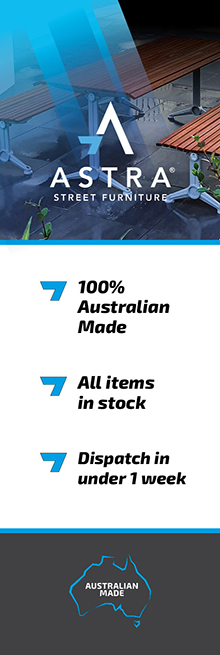
 Pedestrian Barriers
Pedestrian Barriers
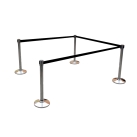

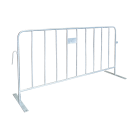

 Matting, Ramps & Tactiles
Matting, Ramps & Tactiles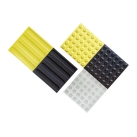
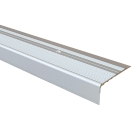
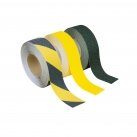
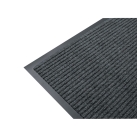
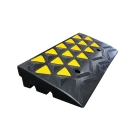
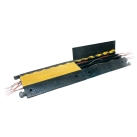
 Signage & Safety
Signage & Safety 
